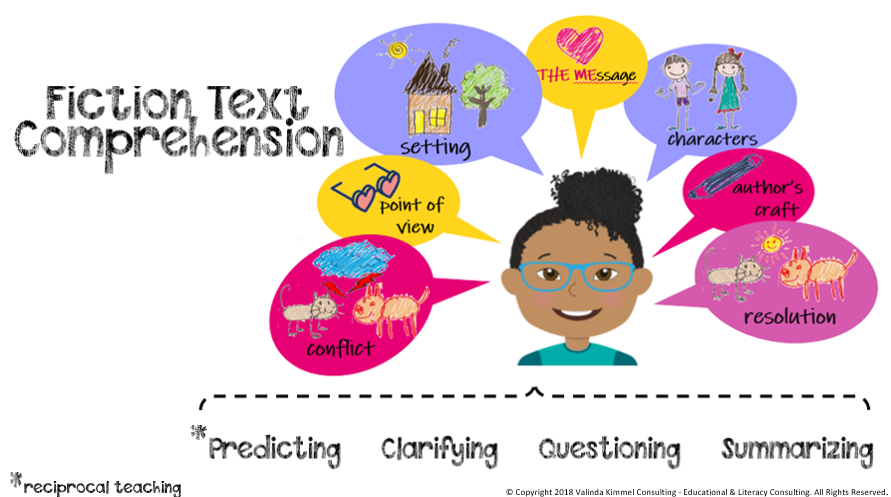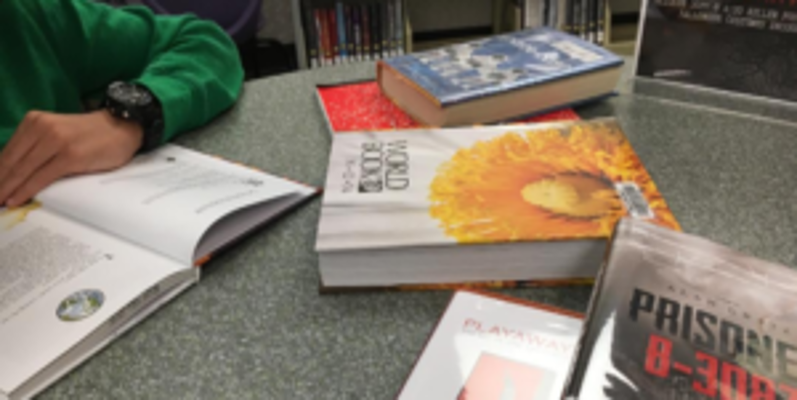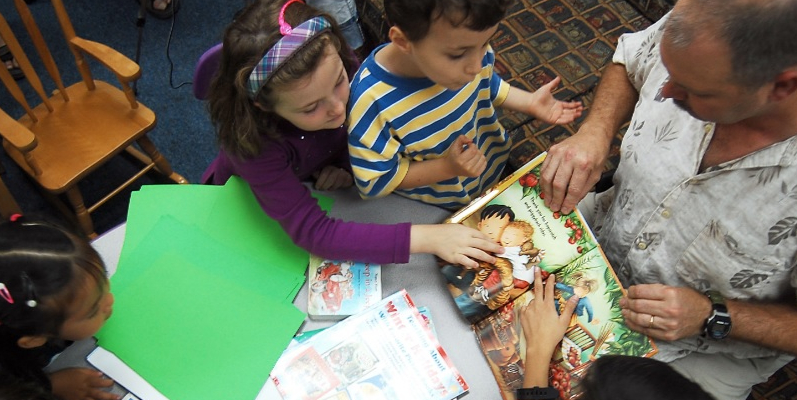Less, but better. –Dieter Rams
“Dieter Rams (born 20 May 1932 in Wiesbaden, Hessen) is a German industrial designer closely associated with the consumer products company Braun and the functionalist school of industrial design. Rams was strongly influenced by the presence of his grandfather, a carpenter. Rams once explained his design approach in the phrase ‘Weniger, aber besser’ which translates as ‘Less, but better’.” (Wikipedia)
Thank you, Herr Doktor Rams.
It’s true when designing products for the consumer. And it’s certainly true when mentoring students how to make meaning of fiction texts.
Recently, I asked a striving reader what strategies he had for making meaning of a realistic fiction text he was preparing to read. He took a card stock bookmark from inside his desk. “I’m supposed to use these. My teacher said I have to use these and mark up the text to show I’m using my strategies.”
The acronym on his bookmark had half a dozen letters. After a short discussion of how this collection of isolated strategies was working for him, it was clear the 5th grade student was going through the motions of appeasing his teacher. Those six letters in the acronym (which, BTW, created a nonsense word–but he was supposed to remember the 6 distinct strategies, apply them AND make meaning in the text) didn’t seem to resonate with this reader. When I talk to readers like this kid and I see what they’re told to do, I worry that the cognitive demands are creating more problems than they are solving.
When kids are told to use a collection of strategies such as the one I saw recently, I worry that they are paying too high a price. A metacognitive price. It’s critical for readers to think about their own thinking processes as they read. All these things we ask in addition are too much to hold cognitively while they’re also working to decode, search out information in context for unknown vocabulary, maintain fluency, access background knowledge, identify and make meaning based on structure. They must not/cannot forget the acronym and all its parts for helping them to comprehend–that’s important, too. (Note the sarcasm, here.)
It’s counter-productive to create crazy “tricks” for kids to comprehend texts. What we must do is think of simplifying how we model for students to comprehend texts in deep and meaningful ways. Equally critical for kids to understand is that we use a variety of strategies and skills in concert to comprehend. But we choose strategies well-suited for the task and we apply those in an integrated process.
Once students understand the elements and structure of genres they need modeling in how proficient readers work to keep those at the forefront of their mind while using that information in a harmonious process.
As readers interact with the text to construct meaning, their comprehension is facilitated when they organize their thinking in a manner similar to that used by the author. Readers who struggle with text comprehension often do so because they fail to recognize the organizational structure of what they are reading, and they are not aware of cues that alert them to particular text structures. Cochran and Hahn (2012)
Teaching students to recognize the underlying structure of texts can help students focus attention on key elements of the genre, to anticipate what’s to come, and monitor their comprehension as they read.
In his book, Visible Learning, A Synthesis of Over 800 Meta-analyses Relating to Achievement, John Hattie reports findings in over 800 meta-analyses. Reciprocal teaching ranked high, d = 0.74, which shows that teaching this strategy for comprehending text is highly effective. (Hattie, 2009, pg. 203).
What would happen if we modeled for students how to keep the structure of a particular genre in mind as they applied the strategy of reciprocal teaching? Wouldn’t it just be simpler for readers to stop periodically as they read to predict, clarify, question and summarize?

The image included here is an example of a chart students use as a reminder of the structure they want to keep in mind along with the process of reciprocal teaching employed as they read. This is far simpler than the acronym bookmark that presented itself as burdensome to the adolescent reader I worked alongside weeks ago.
“Less, but better.”
Join me here next week and we’ll talk about how to simplify the process for students when making meaning of non-fiction texts.









